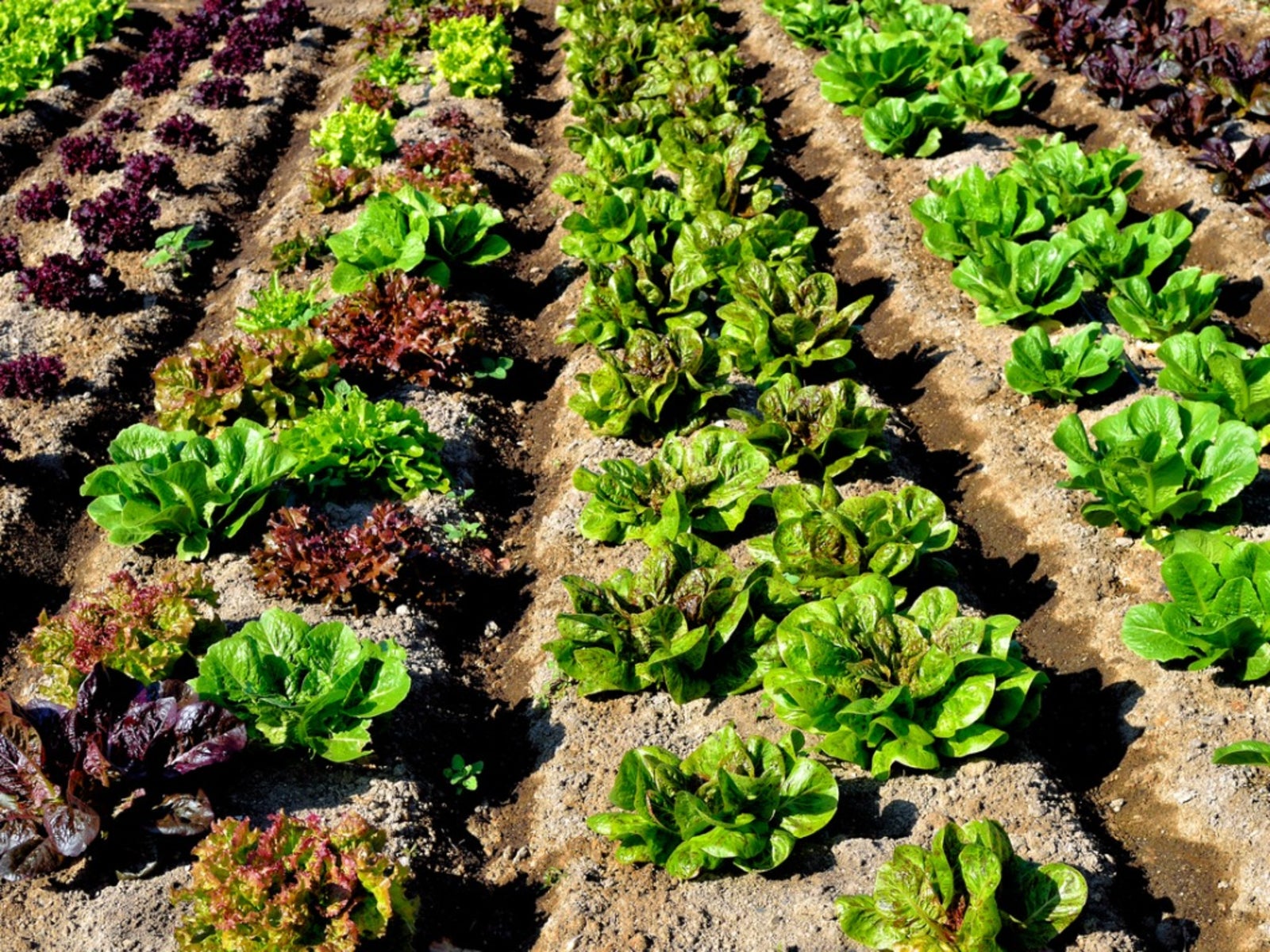Succession Planting Vegetables: How To Use Succession Planting In The Garden


Have you ever planted a vegetable in your garden and found that it was feast or famine with that vegetable? Or have you ever planted a vegetable and found that it petered out before the end of the season and left you with a bare and unproducing spot in your garden? If this has ever happened to you, you would benefit from succession planting vegetables. Succession planting your garden will help keep your garden in harvest and producing all through the growing seasons.
Relay Succession Planting in the Garden
Relay planting is a kind of succession planting where you plant seeds for any given crop on a time spaced schedule. This kind of planting is commonly used with vegetables that may be ready for harvest only at one time. Relay planting in succession is often done with:
To do relay planting, simply plan on planting a new set of seeds about once every two to three weeks. For example, if you were planting lettuce, you would plant a few seeds one week and then two to three weeks later you will plant a few more seeds. Continue in this way for the whole season. When the first batch of lettuce you planted is ready for harvest, you can reuse that area you just harvested to continue planting more lettuce seeds.
Crop Rotation Vegetable Garden Succession Planting
For the gardener with limited space, succession planting vegetables can double or even triple a garden's production. This style of succession gardening needs a little planning but is worth it for the results you get. Basically, crop rotation succession planting takes advantage of the different needs of a wide variety of vegetables and your own seasonal cycle. For example, in an area where you get a temperate spring, summer, and fall you would plant a short season cool crop in spring-- harvest that; plant a longer season warm weather crop in summer-- harvest that; then plant another short season cool crop in fall and all of these plantings would take place in the same small area of the vegetable garden. An example of this kind of succession planting in the garden might be lettuce (spring), followed by tomatoes (summer), and followed by cabbage (fall). Someone in a more tropical area, where winter doesn't get as cold and summer can often be too hot for many vegetables, may plant a short season, cool crop in winter-- harvest that; plant a long season warm crop in spring-- harvest that; plant a heat tolerant crop in mid-summer-- harvest that; and then plant another long season, warm weather crop in fall. An example of succession planting your garden this way may be spinach (winter), squash (spring), okra (summer), and tomatoes (fall). This style of vegetable garden succession planting takes full advantage of all of your garden space at all times during the growing season.
Gardening tips, videos, info and more delivered right to your inbox!
Sign up for the Gardening Know How newsletter today and receive a free copy of our e-book "How to Grow Delicious Tomatoes".

Heather Rhoades founded Gardening Know How in 2007. She holds degrees from Cleveland State University and Northern Kentucky University. She is an avid gardener with a passion for community, and is a recipient of the Master Gardeners of Ohio Lifetime Achievement Award.
-
 Try The Trend – Turn Any Bed Into A Keyhole Garden With This Clever In-Ground Composter
Try The Trend – Turn Any Bed Into A Keyhole Garden With This Clever In-Ground ComposterKeyhole gardening is an efficient and sustainable practice that saves space. Get started on this DIY project quickly and easily with an in-ground composter.
By Bonnie L. Grant
-
 4 Superfast Composting Methods: Turn Waste Into Garden Gold In 30 Days Or Less
4 Superfast Composting Methods: Turn Waste Into Garden Gold In 30 Days Or LessTry the fastest composting methods to turbocharge your pile and transform kitchen scraps and garden waste into finished compost in just a few weeks.
By Mary Ellen Ellis
-
 How Many Vegetables To Plant Per Person For A Year
How Many Vegetables To Plant Per Person For A YearGauging how much to plant in a vegetable garden can eliminate waste while still producing enough for your family. Click for more.
By Bonnie L. Grant
-
 13 Perennial Fruits And Vegetables You Only Have To Plant Once
13 Perennial Fruits And Vegetables You Only Have To Plant OnceLooking to set it and forget it? Find out which fruits and vegetables can be grown as perennials.
By Laura Miller
-
 11 Edible Plants For A Year-Round Garden In A Bucket
11 Edible Plants For A Year-Round Garden In A BucketWant to know how to grow food inside your house and which foods do best indoors? Click here to learn all about it.
By Bonnie L. Grant
-
 Frost Tolerance Of Vegetables From Least To Most Hardy
Frost Tolerance Of Vegetables From Least To Most HardyHow cold can vegetables tolerate? Knowing which veggies will survive frosts and freezes is essential for the success of your garden. Click here for more.
By Laura Miller
-
 Best Vegetables To Pickle Straight From The Garden
Best Vegetables To Pickle Straight From The GardenPickles aren’t limited to just cucumbers. Read on for tips on pickling your fresh veggies.
By Amy Grant
-
 Benefits Of Planting In Fall Vs. Spring Vegetable Plots
Benefits Of Planting In Fall Vs. Spring Vegetable PlotsLearn why some vegetables do better if you plant them in fall instead of spring.
By Laura Miller
-
 Interplanting Vegetables In The Fall Garden
Interplanting Vegetables In The Fall GardenLearn all about the benefits of interplanting vegetables for your fall garden.
By Laura Miller
-
 Best Vegetables For Growing In Perlite
Best Vegetables For Growing In PerlitePerlite is a natural growing medium that comes from super-heated volcanic glass. In some cases, it works better than soil. Read on for more info.
By Laura Miller